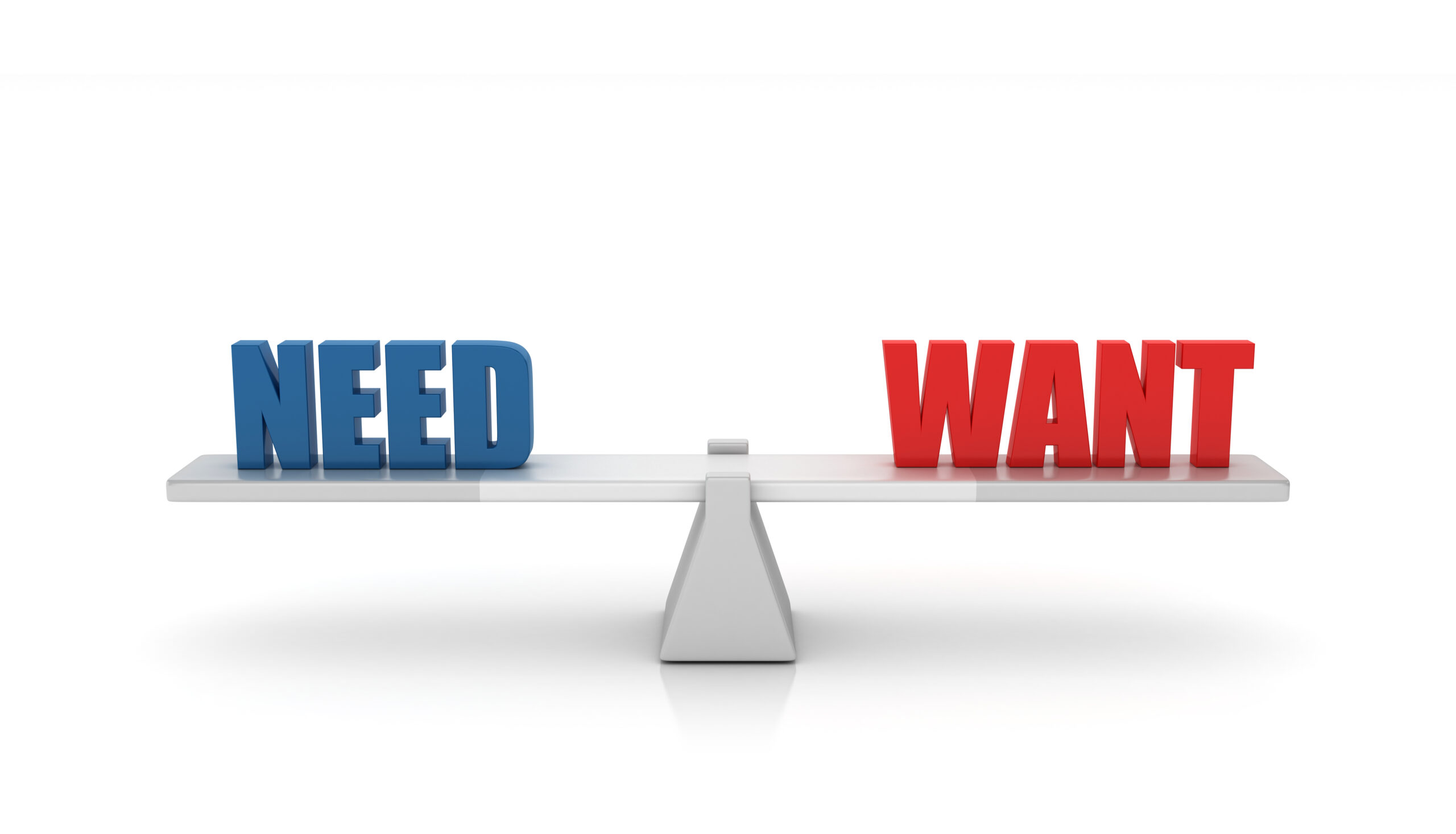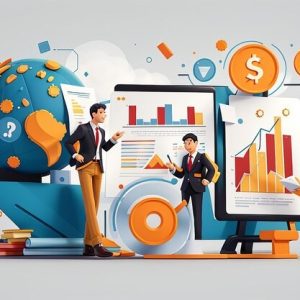 The Difference Between the Essentials and Nice-to-Haves
The Difference Between the Essentials and Nice-to-Haves
Every type of business has its essential equipment that allows it to operate and meet client demand. A hospital, for instance, wouldn’t be able to diagnose patients without machines like X-rays, CT scanners, and MRIs. However, is new waiting room furniture essential? Probably not.
When buying new equipment, how do you justify what is essential and what’s a “vanity” purchase?
What is Essential Business Equipment?
“Essential business equipment” refers to the tools of your trade that your business cannot operate without. Restaurants need ovens and walk-in refrigerators. Loggers need chainsaws and excavators. Warehouses need forklifts and pallet jacks. These are the bare-bones essentials that ensure that your employees can do their jobs.
LEARN MORE: HOW TO ATTRACT QUALIFIED OPERATORS TO MAKE THE MOST OF YOUR FINANCED EQUIPMENT
What you consider necessary will depend on the size and scope of your business. Major companies will often need more equipment than small businesses, and various types of businesses rely on different machines to get work done. An easy way to consider whether your company needs a certain piece of equipment is by asking, “Would we be able to manage without it if it broke?” If your answer is no, then the piece of equipment in question is essential.
Essentials vs. Nice-to-Haves
Once you understand what kinds of equipment are necessary for company operations, you can distinguish between what’s essential and what isn’t. For example, suppose your company owns a small warehouse, and the items that you produce are easy to pick by hand. In this case, a forklift might be nice to have, but chances are, you can get by with a couple of pallet jacks.
Another nice-to-have pitfall that many business owners experience is unnecessarily buying top-of-the-line equipment. All of the bells and whistles on a brand-new machine may seem tempting, but oftentimes, your business can get by with a high-quality, used version with fewer special features. So, when buying equipment, you should consult with your employees to determine what features they actually use, what they would like to have, and what they never touch.
You should also keep in mind that what’s essential to your business will change over time. In the warehouse example, suppose that your company has grown enough to justify a larger warehouse. The forklift that was initially non-essential may become critical in this expanded space.
Using Equipment Financing Wisely
Financing your large equipment purchases can be one of the best ways to get your business what it needs without running your savings account dry. However, having the option to finance can make non-essential purchases seem more appealing. A $12,000 price tag may make you think twice, whereas twelve payments of $1,000 may seem easier to justify.
When you choose to finance your purchases, you should think about whether that piece of equipment will be worth the monthly bill. Essential equipment will pay for itself, but with vanity purchases, each invoice will make you think twice. If you’re considering buying new equipment for your company, contact the experts at Global Financing & Leasing Services to get the best financing for your essentials.


